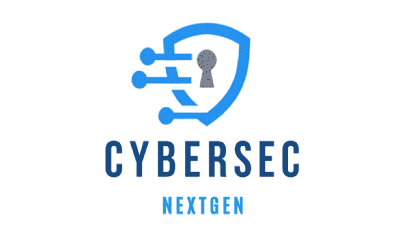What is SecOps?
Security Operations (SecOps) is the collaboration between IT security and operations teams to ensure that an organization’s data and infrastructure are secure. This approach integrates security into every aspect of IT operations, from development to deployment and beyond.
Key Components of SecOps
- Collaboration and Communication
- Breaking down silos between security and operations teams.
- Regular meetings and shared tools to enhance teamwork.
- Automation and Orchestration
- Utilizing automated tools to detect and respond to threats swiftly.
- Orchestrating workflows to ensure that security measures are consistently applied.
- Continuous Monitoring
- Implementing real-time monitoring of systems and networks.
- Using advanced analytics to detect anomalies and potential threats.
- Incident Response
- Developing and maintaining an incident response plan.
- Conducting regular drills to ensure readiness.
- Threat Intelligence
- Gathering and analyzing data on the latest threats.
- Sharing intelligence with relevant teams to preempt attacks.
Benefits of SecOps
- Improved Security Posture
By integrating security into daily operations, organizations can identify and mitigate risks more effectively. - Faster Response Times
Automated tools and streamlined processes enable quicker incident detection and response. - Enhanced Compliance
Continuous monitoring and documentation help in meeting regulatory requirements. - Cost Efficiency
Proactive security measures can reduce the costs associated with data breaches and downtime.
Challenges in Implementing SecOps
- Cultural Resistance
Shifting to a collaborative approach may face resistance from teams used to working in silos. - Skill Gaps
Ensuring that all team members have the necessary skills and knowledge can be challenging. - Tool Integration
Integrating various security and operations tools into a cohesive system requires careful planning and execution.
Best Practices for a Successful SecOps Strategy
- Foster a Security-First Culture
Encourage all employees to prioritize security in their daily tasks. - Invest in Training
Provide ongoing education and training for both security and operations teams. - Implement the Right Tools
Choose tools that facilitate collaboration and automation. - Regularly Update Processes
Continuously review and improve your SecOps processes to adapt to evolving threats. - Measure and Improve
Use metrics to assess the effectiveness of your SecOps strategy and make data-driven improvements.
Conclusion
SecOps represents a paradigm shift in how organizations approach security, emphasizing collaboration, automation, and continuous improvement. By adopting SecOps, organizations can enhance their security posture, respond to threats more quickly, and ensure compliance with regulatory standards.

